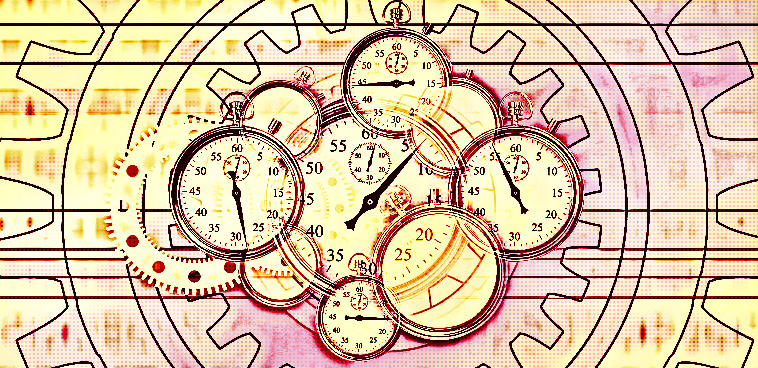In a previous series for SmartBrief, I laid out my five-step productivity process for leaders, which I then turned into a Productivity Blueprint. This post dives deeper into the third of my five steps, doing for maximal productivity, and picks up from this one, which made the case for blocking out time on your calendar to get things done.
Now that we’ve focused on removing distractions and blocking out time, the next step is to go all in on specific tasks (“single-tasking”) and avoid multitasking like the plague.
Multitasking refers to when we try to achieve multiple things simultaneously, such as returning calls or listening to messages while reviewing and editing reports. It has become widely popular as we perceive that doing more things at one time is better than doing fewer things.
The joke is that true multitasking, or “parallel processing,” doesn’t exist. Our brains cannot do it; they simply aren’t designed for it. Instead, they switch back and forth from task to task, one at a time. This causes mental overload and reduces efficiency.
Multitaskers are too easily distracted, their thoughts are shallower, and the divergence of mental focus often leads to poorer job performance, in part because they and have difficulty in filtering out what’s not relevant. Multitasking usually resorts in busywork, which is when you work on things without actually progressing. So, when you multitask, you’re actually being less productive.
Instead, we need to be single-tasking, or doing things one at a time. The benefits of single-tasking are clear. By focusing more intently on only one thing at a time, we can more fully comprehend what we’re doing, including all of the small-but-important and often overlooked details.
The problem is that single-tasking is not as simple as it sounds and might be harder than ever. In a world intentionally designed to grab our attention and distract us, we must train ourselves to use our time and focus wisely.
But how? Here are some useful tactics:
- Make a to-do list and/or block out time. This is another previously discussed strategy. List and then prioritize your activities for the day. Doing so will help you focus on the most important tasks, to the exclusion of all else.
- Break down large projects or tasks into chunks. We focus well on small, clearly defined tasks and can take more purposeful action around them.
- Work in time blocks. Strategies like the Pomodoro technique, which says to work in 25-minute intervals and then break for five minutes, focus us for short, manageable bursts while giving our brains the sense that they don’t have to hold out against distraction indefinitely. Relax your brain and clear your mind during these breaks to rejuvenate your brain and set you up for the next session of mental activity.
- Remove distractions. We discussed this in an earlier post. Turn off your phone, email and other interrupters, and devote your attention to the task at hand. Clear your desk. Close out open computer tabs. Clear the clutter. Your accuracy, speed and innovation will increase.
- Set unrealistic personal deadlines. Give yourself only a fraction of the time you think you need to accomplish something. The tighter deadline will keep you more focused, more productive and less stressed.
- Write it down. Instead of doing that disruptive thing that swoops in and vies for your attention, write it down. A lot of multitasking comes from remembering to do something in the middle of another task. By writing it down, you won’t forget, and you can get back to the original task.
- Follow your energy. Know yourself and when in the day you do your best work. Aim to single task all throughout that period and leave lower-impact tasks (like filling out forms, signing contracts, etc.) for other times.
- Enjoy the sensation. Notice your gratitude as you cross another item off the list. Use that sense of accomplishment to carry you forward and get more done.
Naphtali Hoff, PsyD, (@impactfulcoach) is president of Impactful Coaching & Consulting. Check out his leadership book, “Becoming the New Boss.” Read his blog and listen to his leadership podcast. Download his free new productivity blueprint and his e-books, “Core Essentials of Leadership,” “An E.P.I.C. Solution to Understaffing” and “How to Boost Your Leadership Impact.”
If you enjoyed this article, sign up for SmartBrief’s free e-mail on leadership, which on Mondays highlights better ways to be productive without working longer hours. Or, find your match among SmartBrief’s more than 200 industry-focused newsletters.
